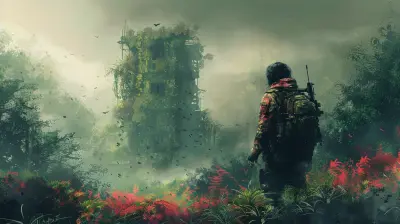The Atmosphere That Hooks You in Within the First Hour
8 July 2025
There’s something magical about a video game that gets its hooks into you within the first hour. You know what I’m talking about—the kind of game where you sit down to try it “just for a bit,” and suddenly it’s 3 a.m., your snacks are gone, and your cat is giving you that side-eye judgment look.
But what exactly is it that makes a game do that? Is it the story? The graphics? The gameplay? Or is it something deeper... something less tangible?
Well, buckle in, because we’re about to dive headfirst into what I like to call “the atmosphere that hooks you in within the first hour.” And trust me, it’s more than just pretty visuals.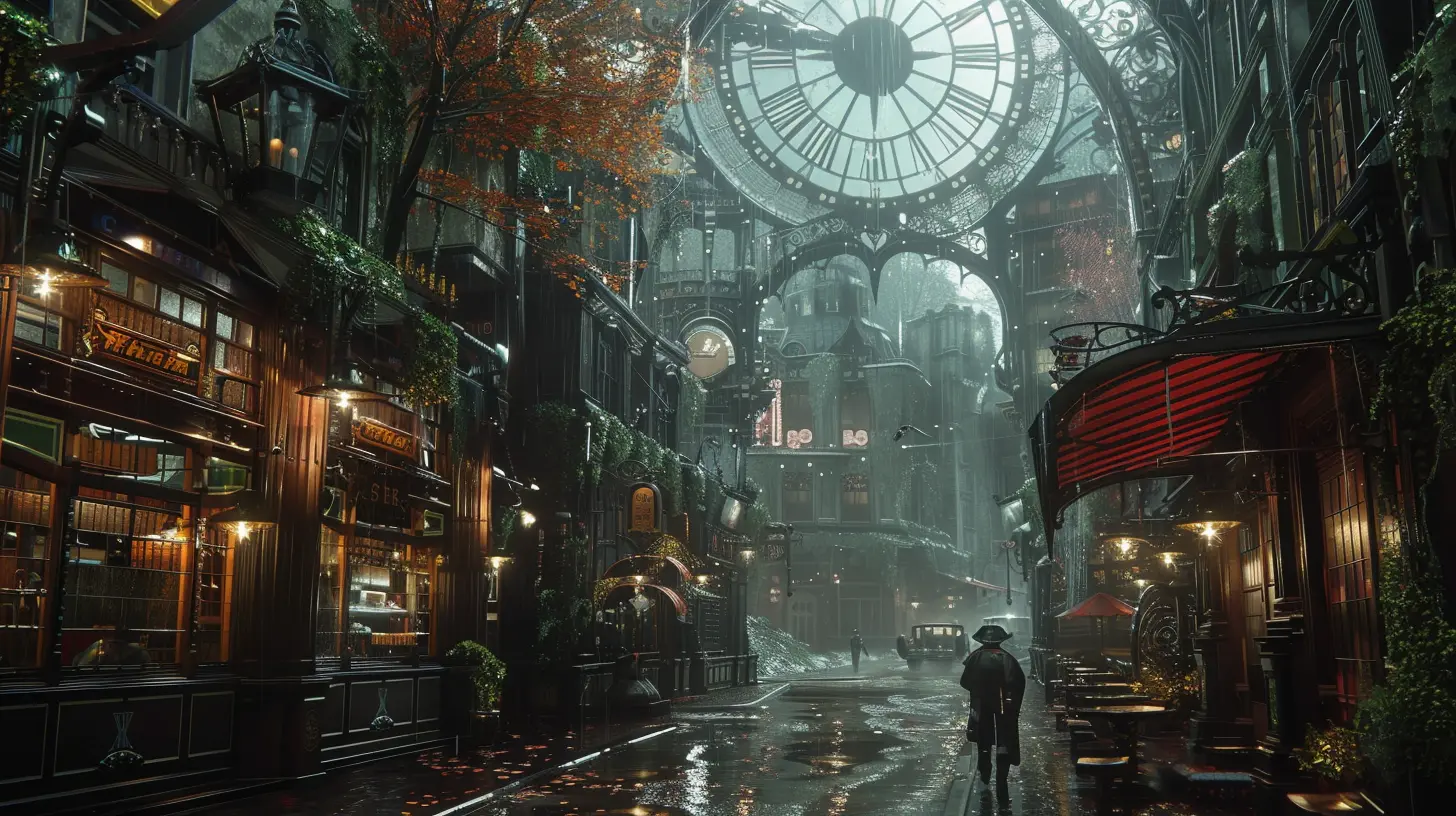
What is "Atmosphere" in Gaming Anyway?
You’ve heard the term tossed around in reviews and gamer chat all the time, right? “This game’s atmosphere is incredible!” But what does that even mean?In simple terms, atmosphere is the vibe of a game. It’s the emotion, the mood, the tone. It’s how a game feels, not just how it looks. And it’s the combination of several elements—art, music, sound effects, lighting, even the pacing—that come together to create an immersive experience.
Think of atmosphere as the secret sauce that turns a decent game into an unforgettable one.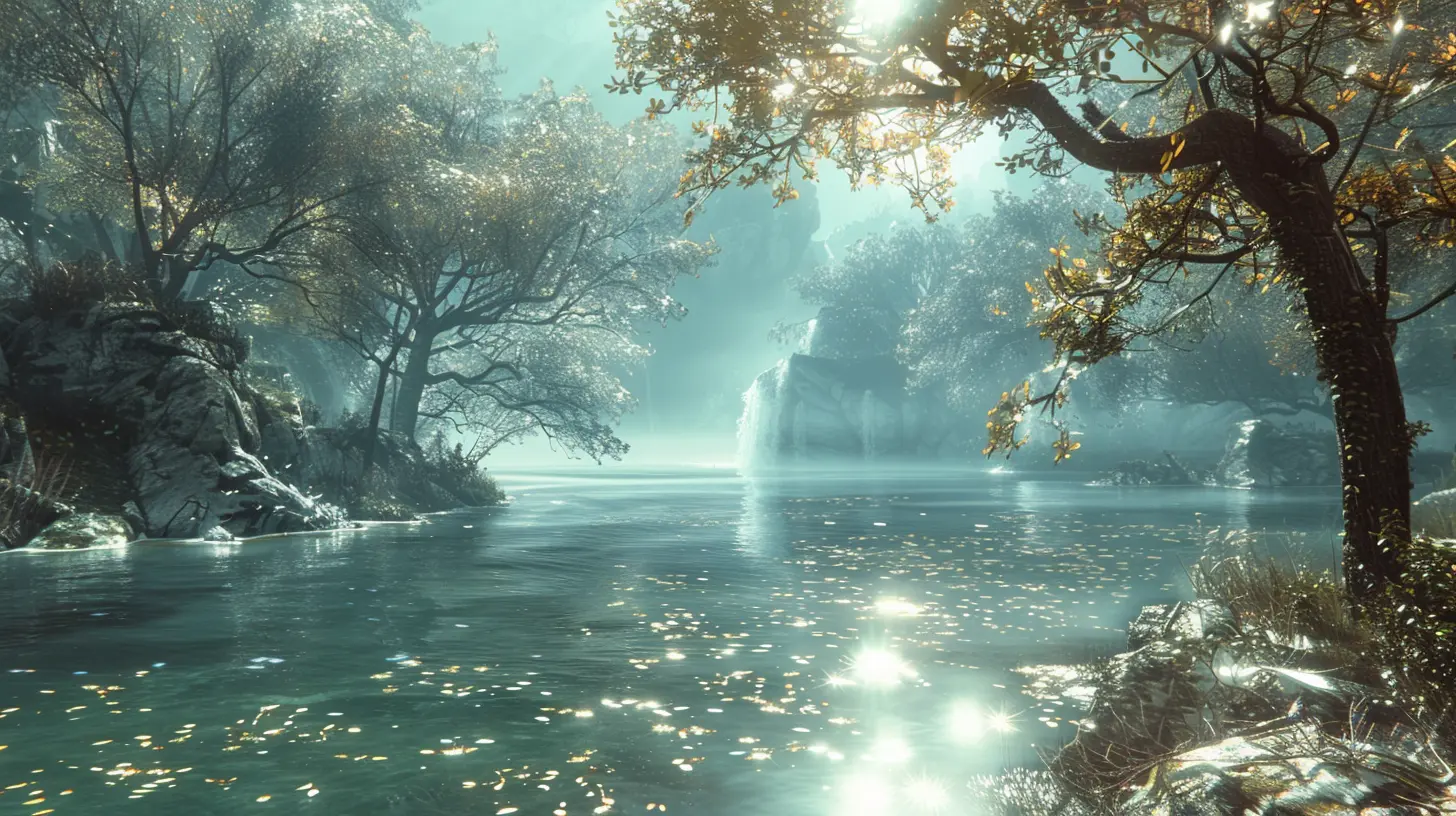
The Power of a First Impression: Why the First Hour Matters
Let’s be honest: our attention spans aren't what they used to be. With thousands of games vying for our attention, if a game doesn’t grab us early, most of us peace out and never return.That's why nailing the first hour is crucial. The best games understand this and waste no time pulling you into their world.
The first hour acts like a first date. It’s where the game tries to charm you, dazzle you, and make you fall in love—or at least give it a second date.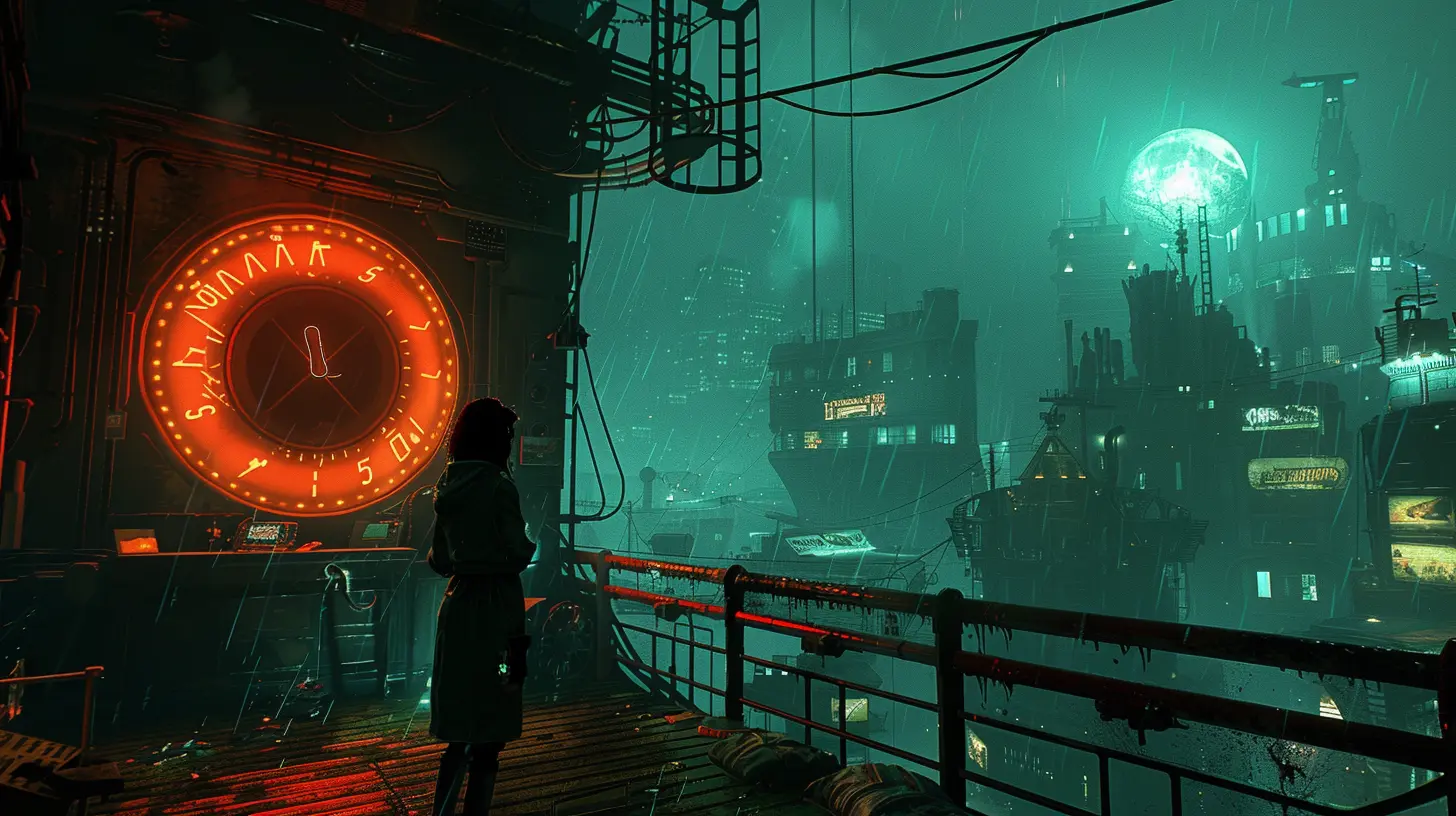
Sensory Overload: How Visuals and Sound Set the Stage
You know that feeling when a game boots up, and instantly you’re like “Whoa”? That’s visuals and sound doing their job.🔥 Visual Design: More Than Just Pretty Pixels
Good graphics are great, but atmospheric visuals go a step further. Think of the muted tones of a survival horror game or the neon glow of a cyberpunk city. The color palette, lighting, and even particle effects all play their part in building a believable world.For example, Inside by Playdead uses a gloomy, desaturated color scheme to instantly communicate dread and mystery. Within minutes, you feel alone, hunted, and curious.
🎶 Music and Ambient Sound: The Emotional Glue
Audio? Oh, don’t even get me started. Sound design is one of the most underrated tools in a developer’s kit.Whether it’s the eerie silence followed by sudden creaks in Silent Hill, or the swelling orchestral score in The Legend of Zelda: Breath of the Wild, the right sounds can evoke goosebumps, excitement, or full-on terror.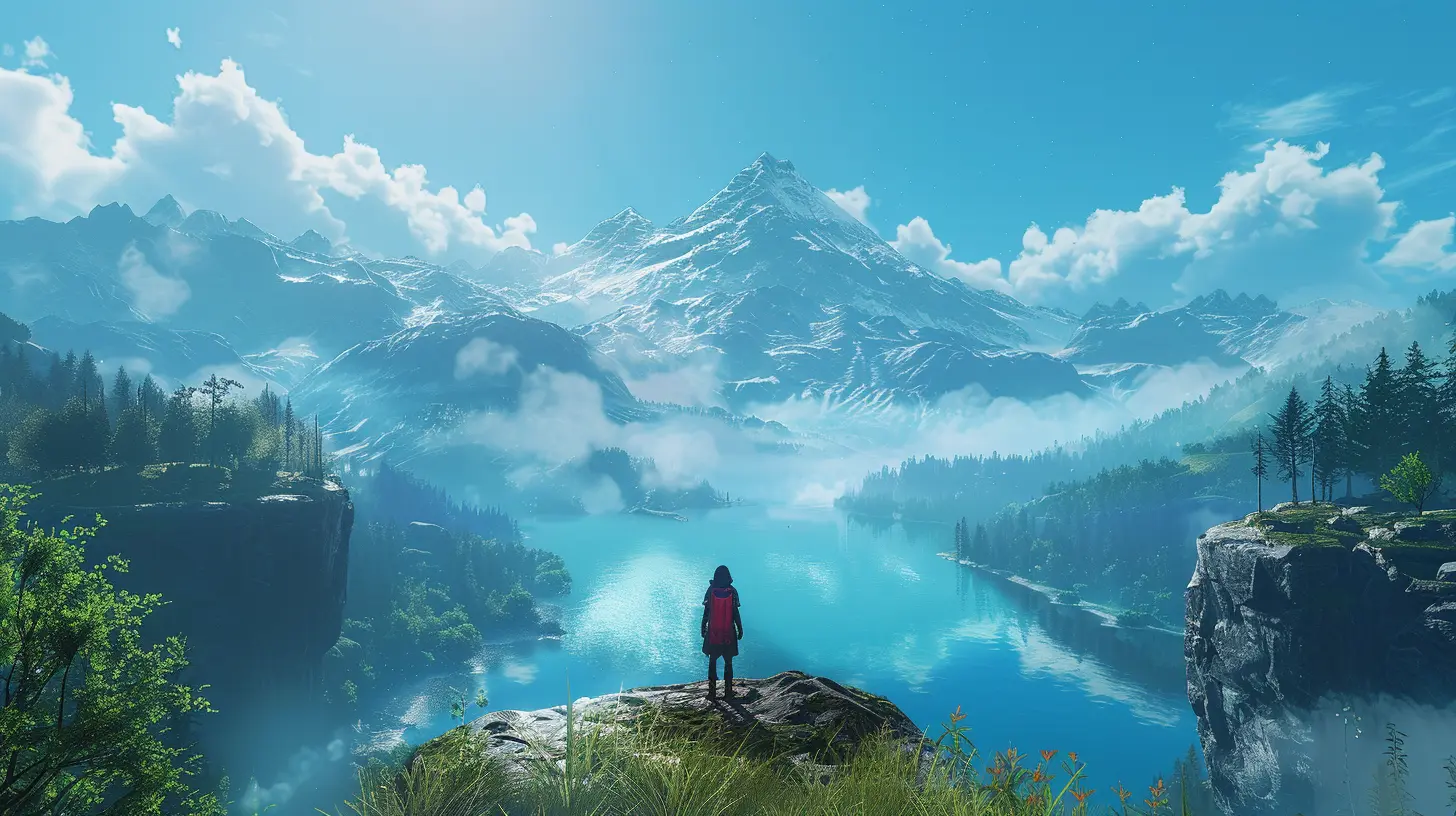
Storytelling That Grabs You from the Start
Let’s talk narrative. If a game nails its story setup in the first hour, you’re way more likely to stick around.A Strong Hook: What's Going On Here?
Some games hit you with a question or dilemma right out of the gate. Who are you? What happened? Why is everything on fire? That curiosity becomes a mental itch you need to scratch.Bioshock is a great example. You crash, swim to a lighthouse, descend into Rapture, and within minutes, you’re knee-deep in chaos. The game doesn't just ask for your attention—it demands it.
Characters You Care About
Emotional investment happens fast when it’s done right. Whether you're bonding with a talking robot dog, or thrown into a family drama, the best games make you care quickly.The Last of Us kicks this into high gear by giving you a powerful, gut-wrenching moment you're not likely to forget. And that’s just in the intro.
Gameplay That Doesn’t Need Hand-Holding
Ever start a game and feel like you’re playing a tutorial for two hours? Boring, right?Games that hook you fast understand how to let you play without bogging you down.
Intuitive Controls
If you can pick up the controller and immediately start having fun, that’s an atmospheric win. It means the interface is in sync with the world.One great example is Hades. The combat feels snappy from the get-go, the UI is seamless, and the game teaches you by letting you die (a lot). And all of that fits the game’s chaotic Greek underworld vibe perfectly.
Letting the Player Discover
The best games trust you to figure things out. They might drop hints or guide your attention subtly but let you explore at your own pace.Outer Wilds does this beautifully. No forced tutorials—just curiosity pulling you deeper into the game’s layered mysteries by letting you unravel the puzzle yourself.
Environmental Storytelling: A Picture is Worth a Thousand Words
Sometimes, the most powerful stories in games aren’t told through dialogue—they're baked into the environment.Rusty swings swaying in the wind. Blood trails leading into dark halls. A broken robot cradling an old photo.
These kinds of silent cues build atmosphere more effectively than a wall of text ever could. They fill the world with history and emotion.
In Hollow Knight, every room tells a story. The dilapidated architecture, the background noises, the shreds of lore—you feel like you’re walking through an ancient, forgotten civilization, and it's hauntingly beautiful.
Pacing: The Invisible Hand That Guides You
Pacing is like rhythm in music. It guides your experience, even if you don’t consciously notice it.A well-paced game knows exactly when to crank up the tension and when to let you breathe. It’s a delicate dance of highs and lows.
In horror games like Resident Evil 2 Remake, the first hour flirts with intensity and quiet. One moment you’re cautiously exploring a hallway, the next you're being chased by a freakin’ mutant! It keeps you alert, engaged, and wanting more.
Contrast that with a walking simulator like Firewatch, which slowly eases you into its world with beautiful scenery, smooth dialogue, and intriguing choices. Different genres, same goal—hook the player.
Worldbuilding Done Right: When Worlds Feel Alive
A rich, believable world is key to immersion. When the game world feels lived-in, it’s easier to lose yourself in it.Red Dead Redemption 2 nails this. The bustling towns, the shifting weather, the way NPCs react—every detail builds the atmosphere.
But it’s not just AAA games that get this right.
Indies like Stardew Valley also wrap you up in their world. In the first hour, you’ve already moved into a new town, met quirky villagers, and planted your first crops. Suddenly, this 16-bit world feels like home.
Emotional Resonance: When a Game Makes You Feel Something
Games that tap into human emotion—grief, joy, fear, nostalgia—stay with us.This emotional connection often starts early. Sometimes it’s a heartstring-pulling cutscene or a gut-check moral decision. Other times it's just the tone—a subtle melancholy or whimsical optimism.
These feelings become part of the game’s identity and your experience.
Look at Journey. No spoken words, no HUD, just gorgeous visuals and music. Yet somehow, in under 60 minutes, you feel something profound. That’s atmosphere at its finest.
The X-Factor: When Everything Just Clicks
Here’s the truth: atmosphere isn’t just one thing—it’s everything working in harmony.When a game’s visuals, audio, story, and gameplay all align, they create that unforgettable spark. You may not even realize what's happening in the moment. All you know is that you can’t stop playing.
It’s like falling into a dream you don’t want to wake up from.
Final Thoughts: Chasing that First-Hour High
That first-hour magic—that immediate connection—it’s rare. But when it happens? Oh man. It's electric.These are the games we recommend to friends. The ones we think about long after we’ve hit the credits. They set the tone, grab you by the collar, and whisper, “You’re not going anywhere.”
It’s not just about good design. It’s about great atmosphere—and that’s what keeps us coming back, again and again.
So the next time you boot up a game and find yourself completely lost in it within the first hour, take a second to appreciate all the little things that made it happen. Because trust me, that kind of magic? It’s no accident.
all images in this post were generated using AI tools
Category:
First ImpressionsAuthor:

Tina Fisher
Discussion
rate this article
2 comments
Kate McGonagle
Absolutely loved this article! There's something magical about a game that pulls you in so quickly. The right atmosphere can make all the difference, turning a simple playthrough into a captivating experience. Can’t wait to dive into those recommendations!
October 31, 2025 at 4:41 PM

Tina Fisher
Thank you! I’m thrilled you enjoyed the article and found the recommendations captivating! Happy gaming!
Pia Wilkins
Atmosphere so immersive, I forgot I was supposed to be cooking dinner and almost ordered a pizza instead of saving the virtual world!
July 17, 2025 at 2:26 PM

Tina Fisher
Thank you! It's incredible how a captivating atmosphere can pull us in so completely. Happy gaming!


